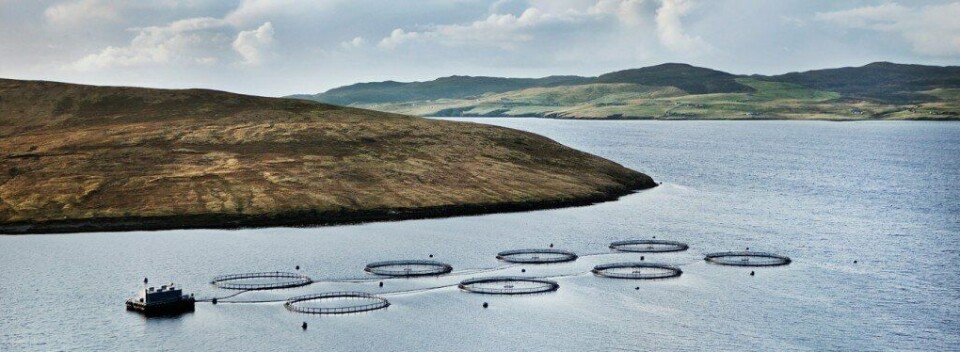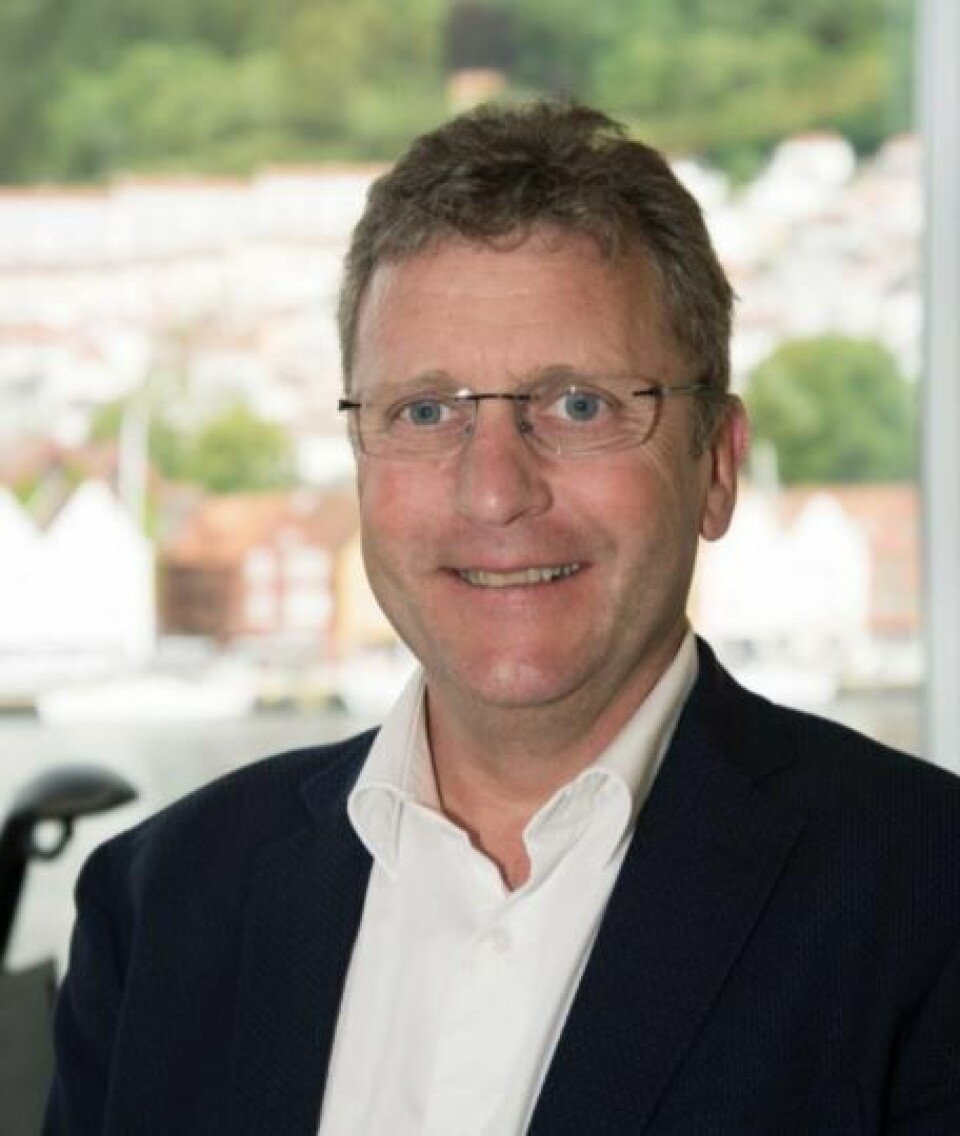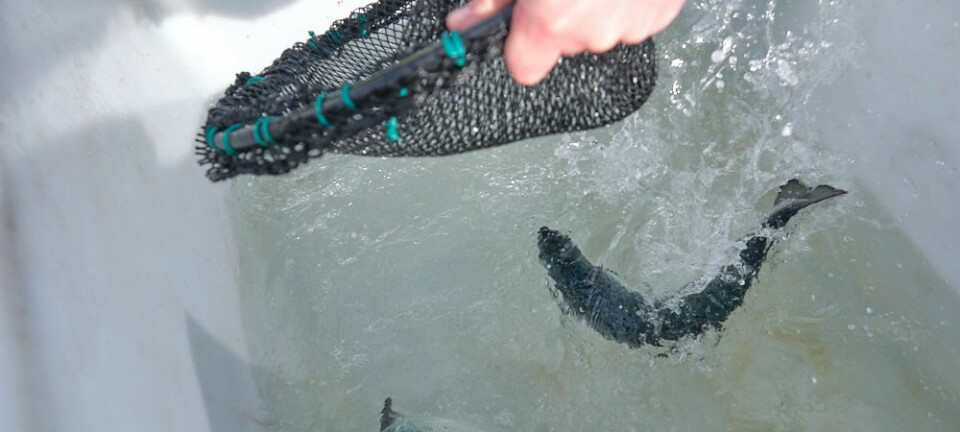
Grieg puts £125m price tag on Shetland farms
Grieg Seafood’s Shetland business, which it put up for sale last November, has been valued at NOK 1,481 million (£125 million).
The company said in its annual report, published over the weekend, that it expected the sale to be completed this year, although there is no mention of potential buyers.
Grieg has struggled to make money from its Scottish farms, and earlier last year announced the closure of its Skye farms following high fish mortality caused by jellyfish. It will now concentrate on its operations in Norway and Canada.
Grieg Seafood Shetland harvested 15,705 tonnes in 2020 (11,273 tonnes in 2019). Significant volumes were harvested from the Isle of Skye towards the end of the year, according to the report.

The increased volume was offset by low market prices throughout most of the year and low-price achievement on small fish from the Skye sites.
Operating income from Shetland amounted to NOK 969 million (£81.8 million) in 2020, compared to NOK 816 million (£68.9 million) in 2019.
Biological challenges
‘EBIT was impacted by high cost, impacted by the biological challenges at Skye. At year end 2020, only one farm remained with fish on the Isle of Skye, which will be harvested in Q1 2021,’ the report said.
The Shetland business made a net loss for the period from discontinued operations of NOK 231.5 million (£19.5 million) compared to a profit of NOK 18.9 million (£1.6 million) in 2019.
DNB Markets and Nordea Markets have been appointed to advise on the sale of Grieg’s Shetland assets.
Ambitious targets
Grieg Seafood CEO Andreas Kvame said that across its farming regions, the company did not deliver on the ambitious 2020 targets it set itself.
‘That was due not only to the pandemic, but also to extraordinary biological challenges in several regions.’
He added: ‘We have narrowed our operational focus to the regions where we have the best opportunities for profitable growth and the highest return on investment.
‘Going forward, we will invest in Norway and Canada as strong production regions, supplying the geographically close European and US markets respectively.’























































